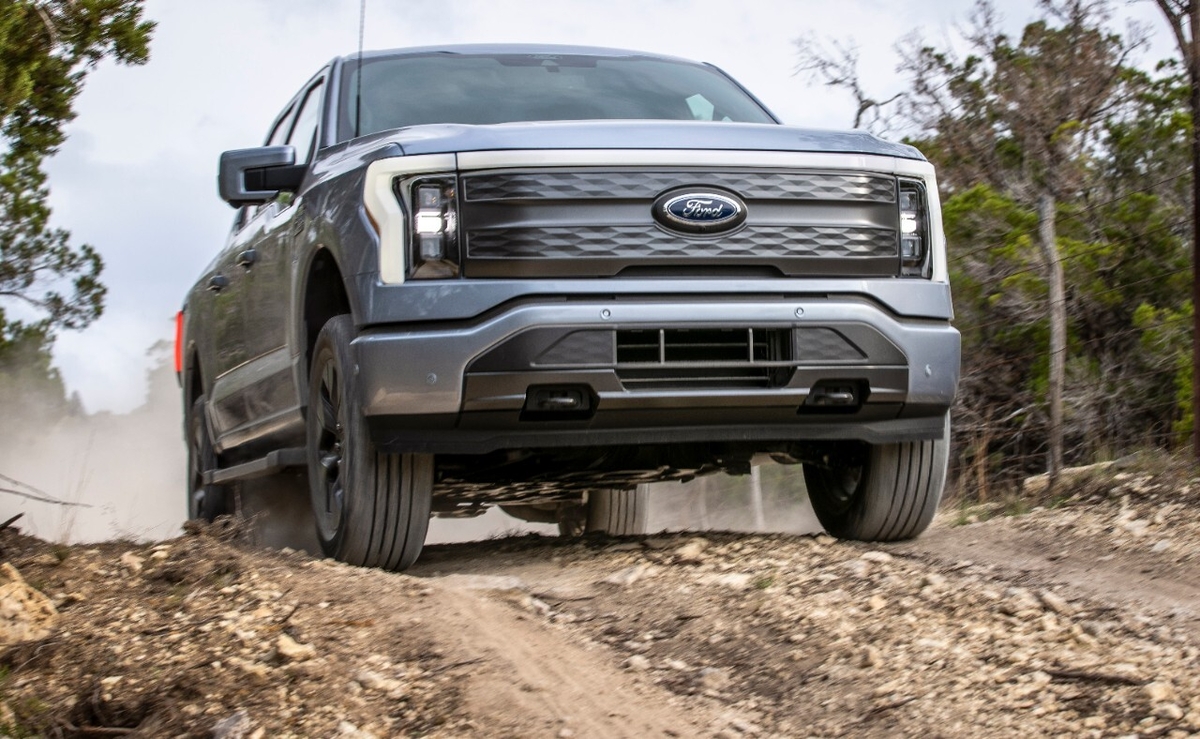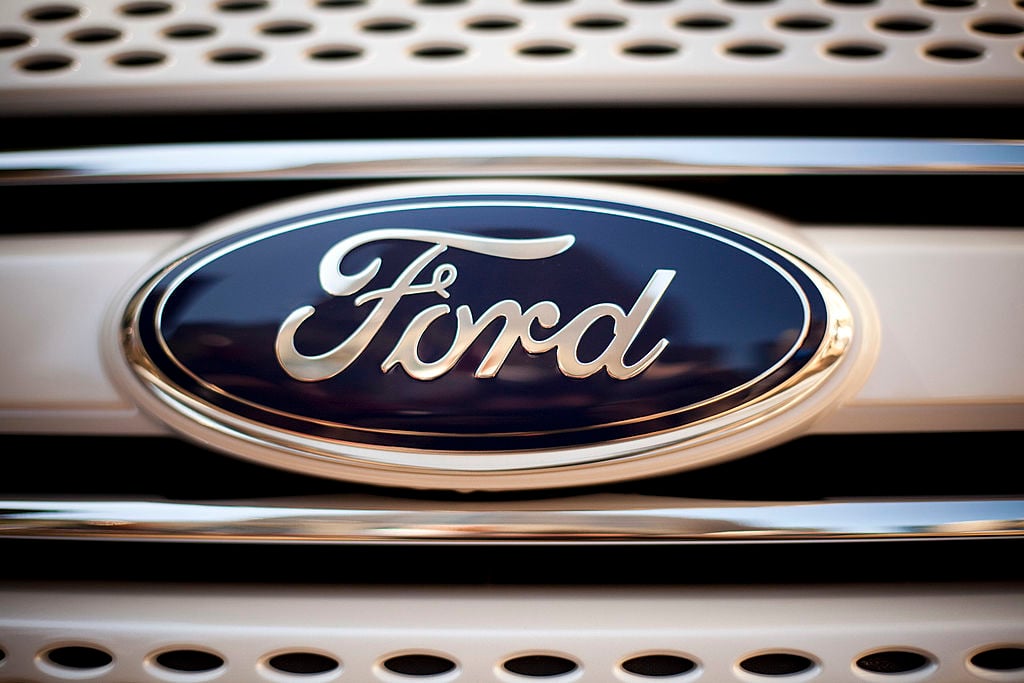
Image source: Getty Images.
In the past it was easy for critics to poke fun at Detroit's "big three" automakers because, despite being American automakers, their vehicles weren't at the top of certain lists that rank how "American-made" a company's products are. But some of those lists failed to include factors such as where R&D spending took place, among others. Those looking to defend automakers like Ford Motor Company (F +2.45%) and General Motors (GM 1.17%) have a lot more ammunition after the release of American University's Kogod School of Business 2016 Made in America Auto Index. Let's take a look at how the index works, and how thoroughly Detroit automakers dominated the scoring this year.
How it's scored
The index scores vehicles using the following seven criteria.
Profit margin: If an automaker's global headquarters is in the U.S. the vehicle receives six points -- if not, it receives zero. The reasoning is that six points was designed to mirror operating margins that would stay within the U.S. due to its HQ being located here.
Labor: If a model is assembled in the U.S. it receives six points -- if not, it receives zero.
Research and development: If the vehicle is produced by a U.S. automaker it receives six points. If it's a foreign automaker product but is assembled in the U.S. it receives three points, and if it's a foreign import it receives one point.
Inventory, capital, and other expenses: If assembly occurs in the U.S. the model receives 11 points -- if not, it receives zero.
Engine: If the engine is manufactured in the U.S. it receives 14 points.
Transmission: If it's produced in the U.S., it receives seven points.
Last, but definitely not least: Body, chassis, and electrical Components, which account for 50% of a vehicle's score -- it's based on the AALA percentage, a label on the car detailing the amount of U.S. and Canadian parts content, divided by two.
The final rankings
Detroit automakers dominated this ranking, with the first 13 vehicles listed being produced by General Motors or Ford Motor Company. The first vehicle to break into Detroit's stranglehold at the top of the ranking list was Honda Motor Co.'s (HMC 1.80%) Accord, which was ranked fifth by the study but due to multiple ties at the top of the list, was actually the 14th listed vehicle. To find Toyota's (TM 1.54%) appearance on the list you would have to skim down to the 30th and 31st vehicles, technically tied for 8th, to find the Sienna and Camry. Here's a breakdown of the top 13 vehicles and their scores.
1. Buick Enclave (90)
1. Chevrolet Traverse (90)
1. GMC Acadia (90)
2. Ford F-150 (85)
3. Chevrolet Corvette (83)
4. Chevrolet Equinox (82.5)
4. Chevrolet Impala (82.5)
4. Chevrolet Malibu E2 Gen (82.5)
4. Chevrolet Malibu LTD (82.5)
4. GMC Yukon, Yukon EXT (82.5)
4. Cadillac Escalade (82.5)
4. Buick LaCrosse (82.5)
4. Chevrolet Tahoe, Suburban (82.5)
What's it all mean?
The easy conclusion to draw here is that the index emphasizes vehicles produced by automakers headquartered in America because the profit generated by the sale is more likely to remain in the country, and those automakers headquartered here have a majority of research and development spending in the United States as well. Those two factors aren't always accounted for in similar studies.
Consider that Ford, General Motors, and Fiat Chrysler Automobiles employ two-thirds of America's autoworkers despite accounting for only about 45% of U.S. new-vehicle market share during 2016, according to the American Automotive Policy Council (AAPC). For the record, it appears FCA was docked half its points in R&D and profit margin since the automaker isn't headquartered in the U.S. any longer, after being bought by Fiat, although the majority of its operations does remain here.
Another takeaway is that the study found foreign companies were more likely to use fewer U.S. supplier parts, even if assembly and manufacturing took place in America -- thus, a lower level of U.S. economic impact. In fact, one could even argue that despite Detroit automakers dominating the list, Ford and GM were underrated to an extent.
That's because while six points were given in the profit margin category to mirror operating margins, Ford and GM generate a majority of their profits from larger vehicles such as SUVs and trucks, rather than foreign brands, which rely on passenger cars. Those margins from SUVs and trucks are much higher than 6%, and it could be argued that Detroit autos deserved more credit for that -- but that's nitpicking.
Ultimately, it's a solid study in terms of judging the economic impact in America derived from each of these vehicles and their respective company. As far as investors are concerned, this is definitely a bonus in terms of marketing and PR moves, but its immediate impacts will be hard to define or notice. However, the automotive industry is fiercely competitive, and a fraction of a percentage of market share equates to hundreds of millions in revenue. If dominating a list of "American-made" vehicles helps retain consumers or attract loyal U.S. consumers, it's a win for Detroit autos.









